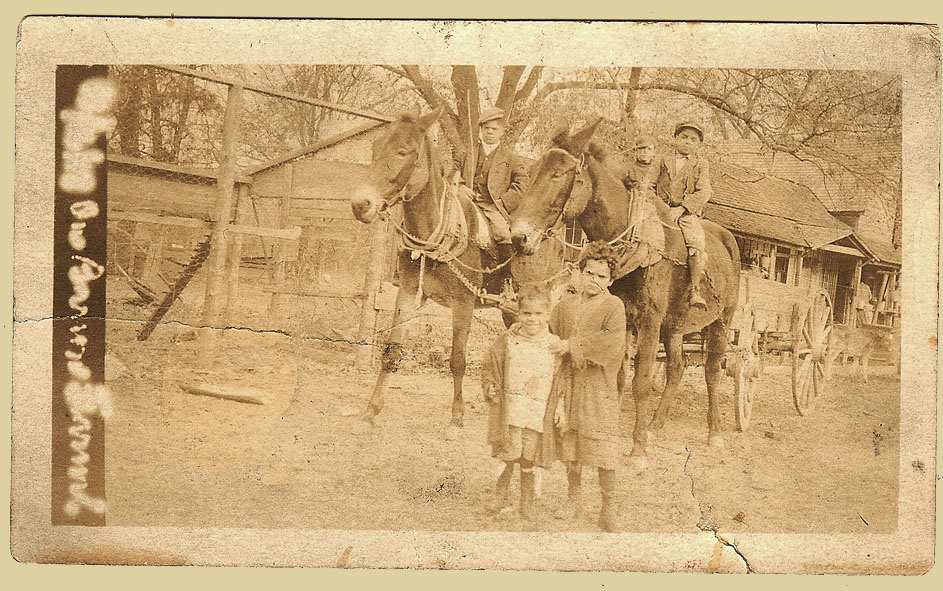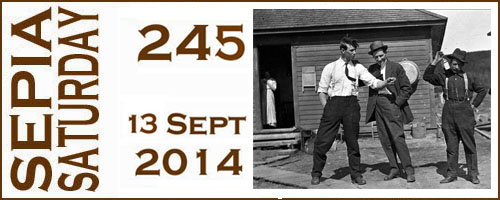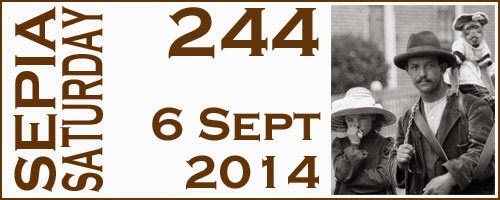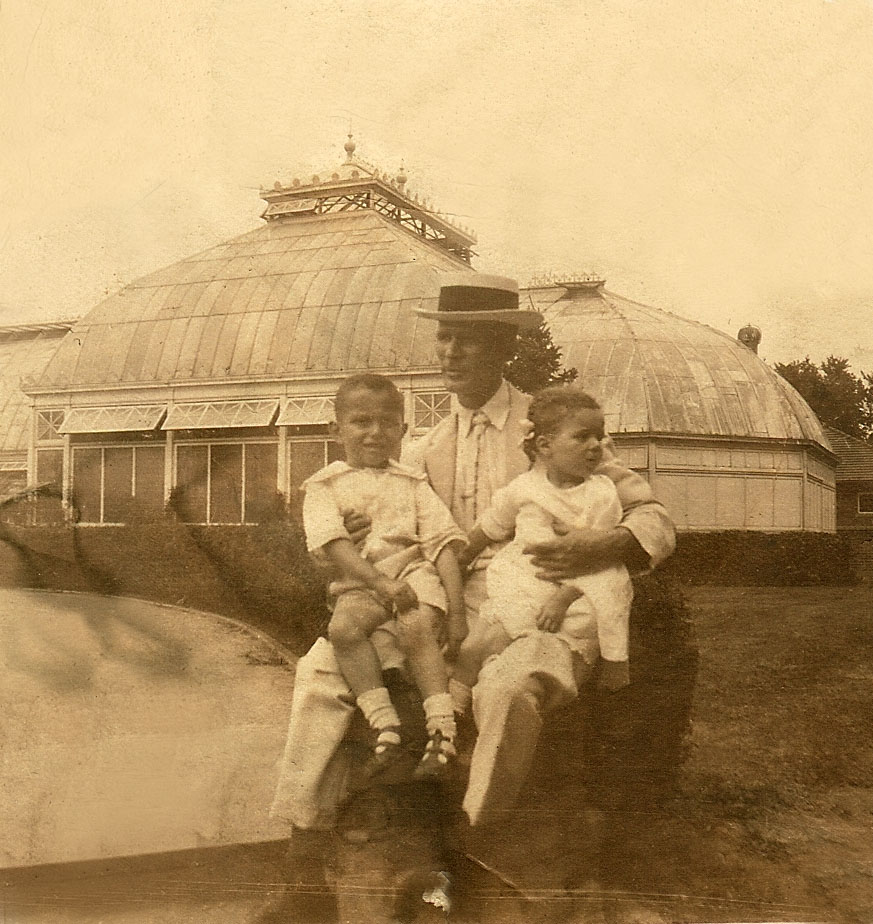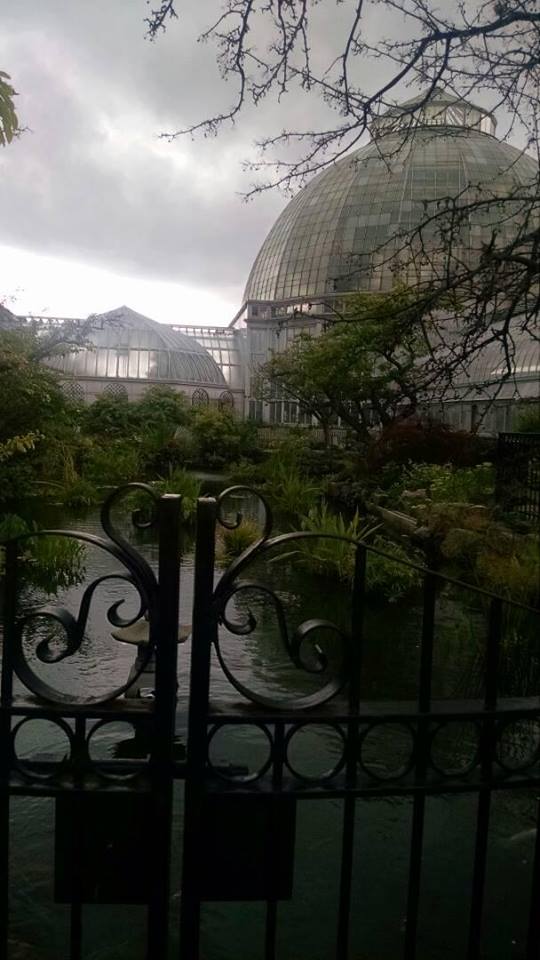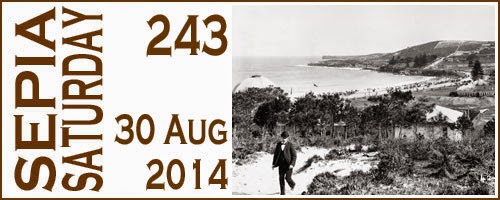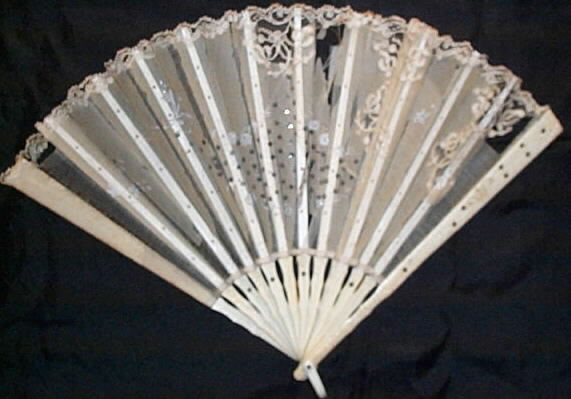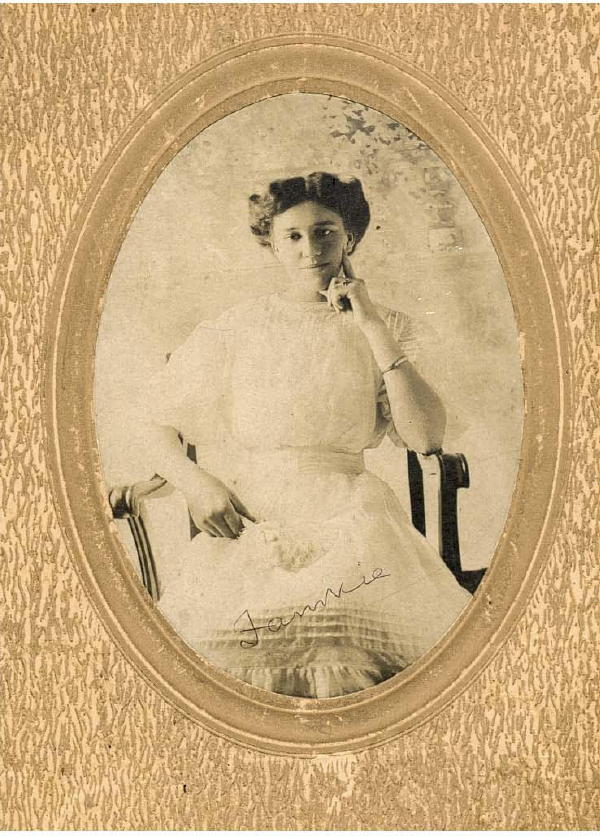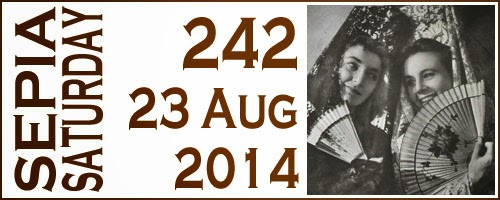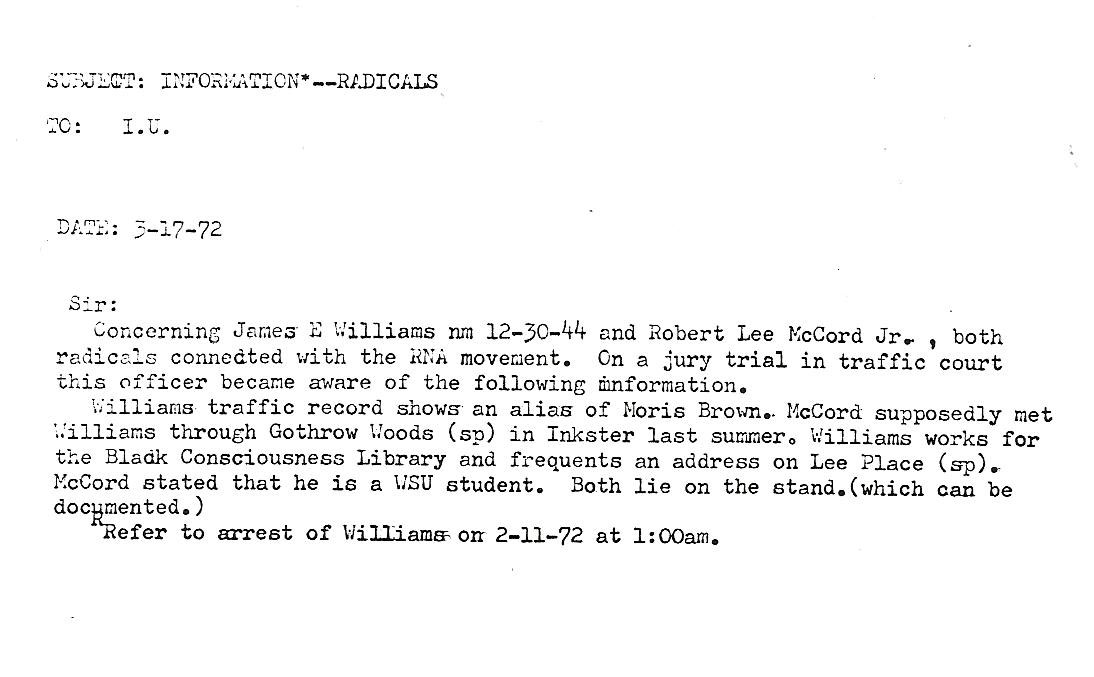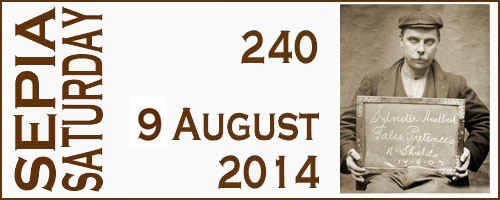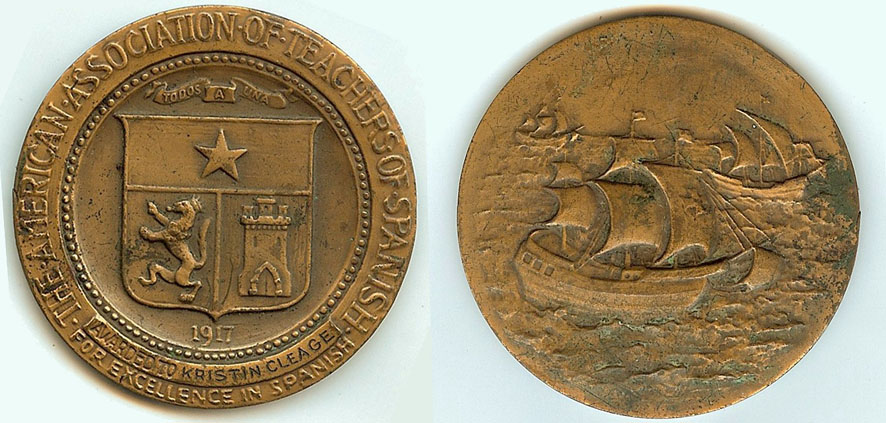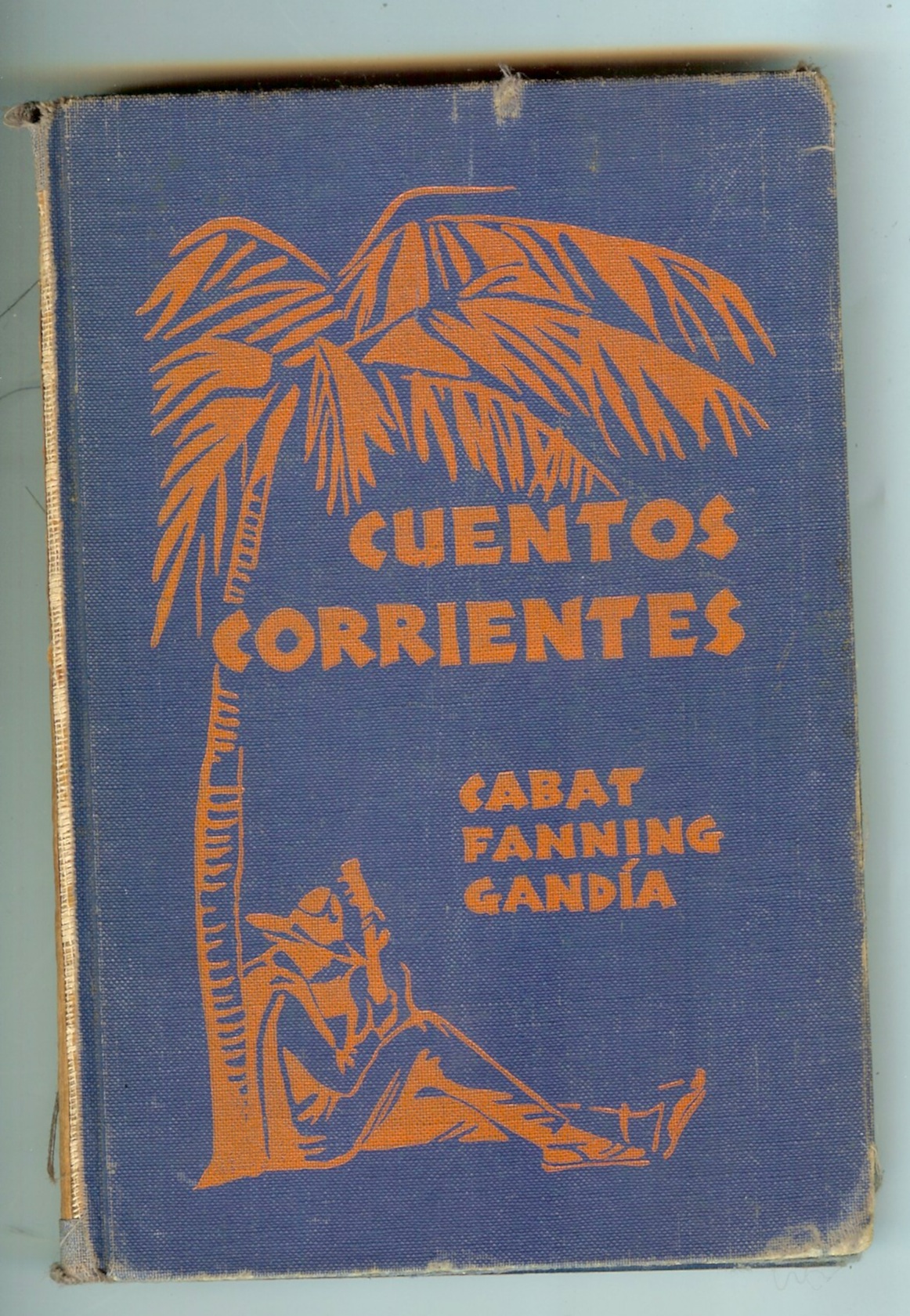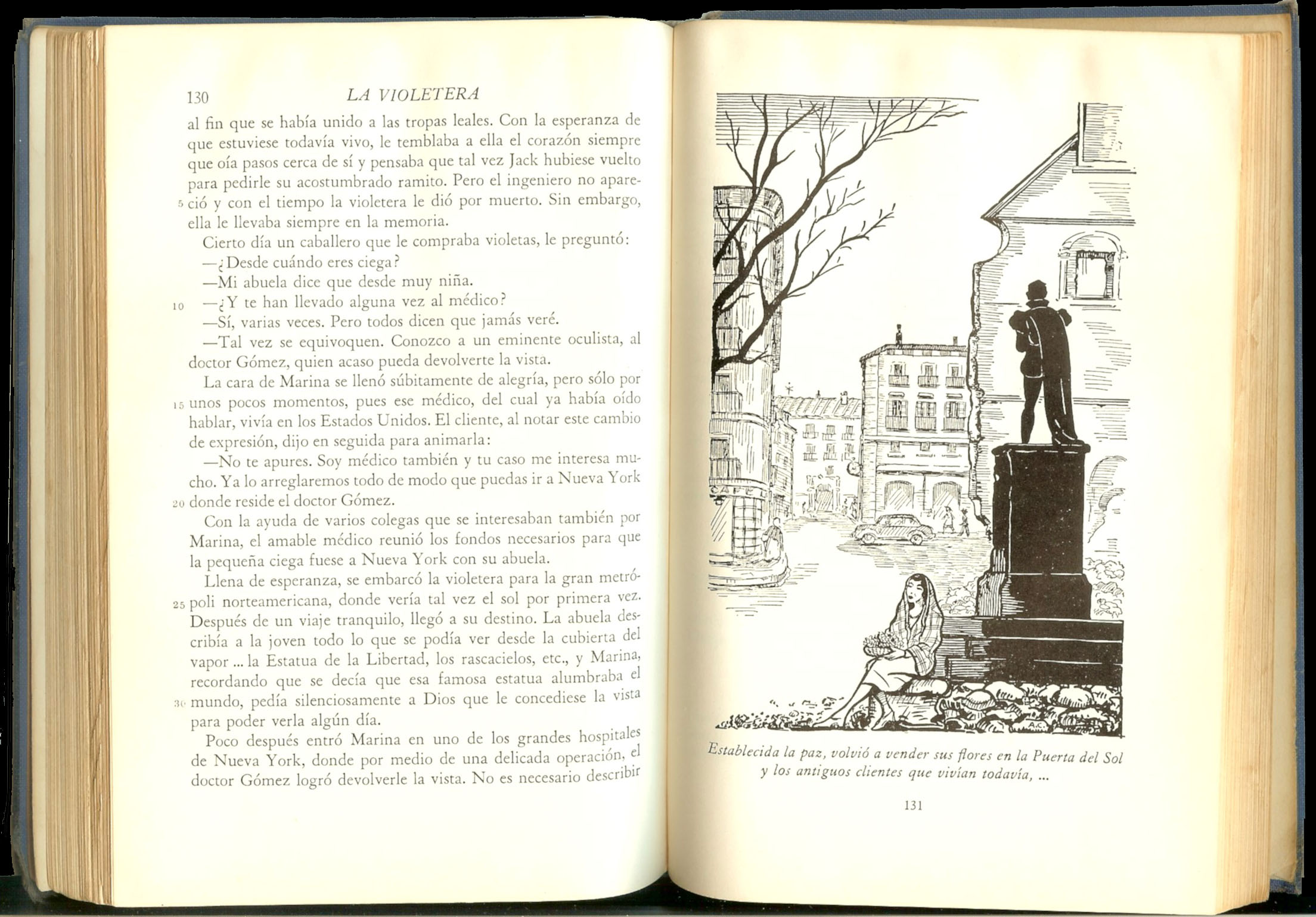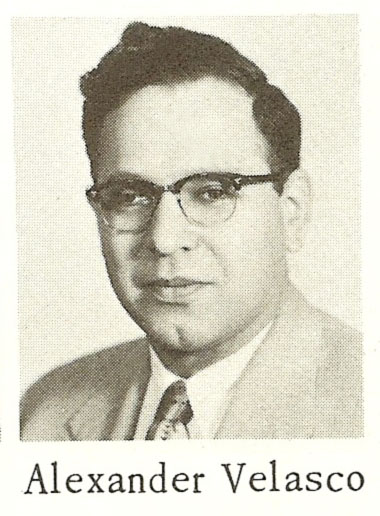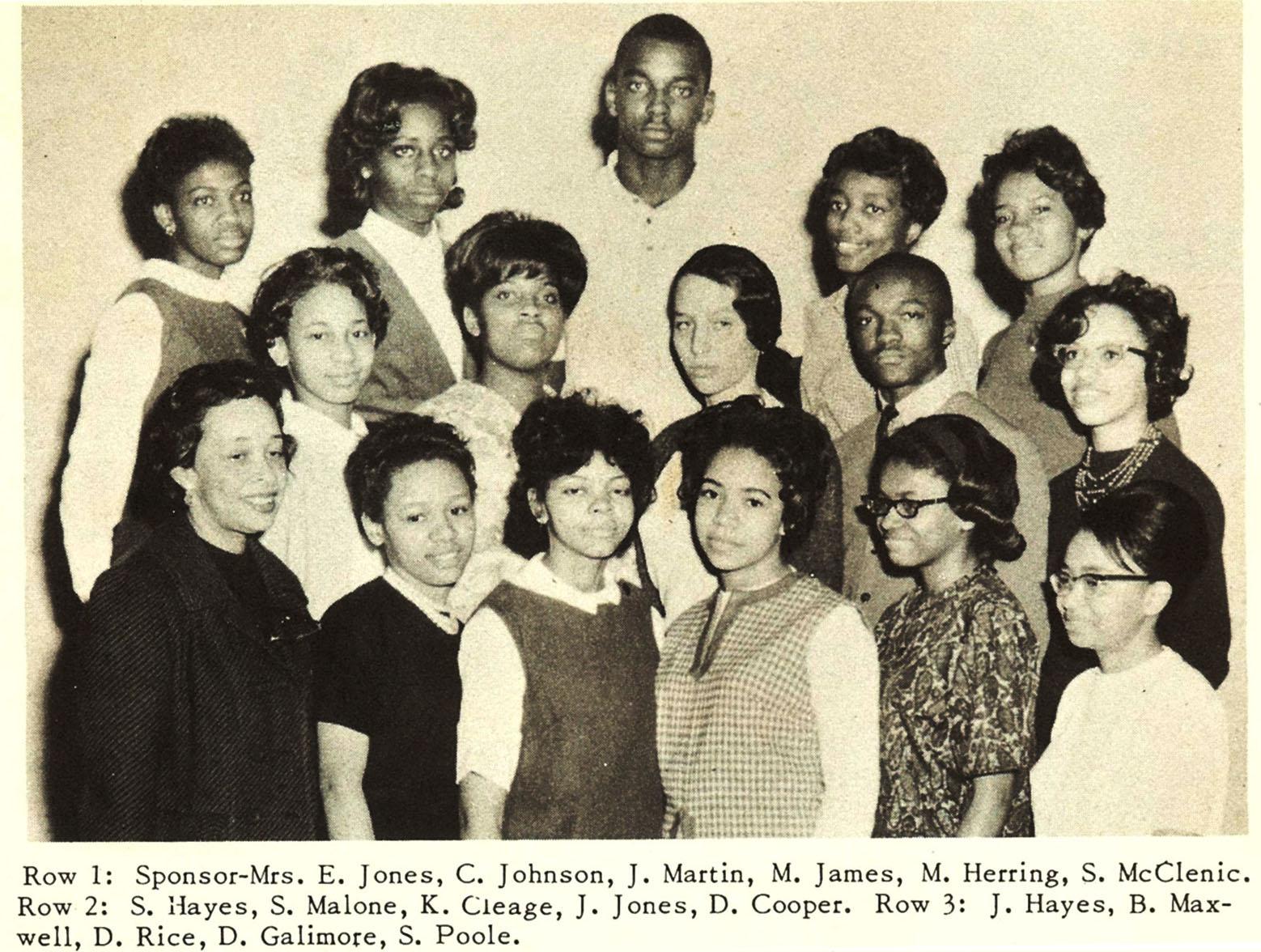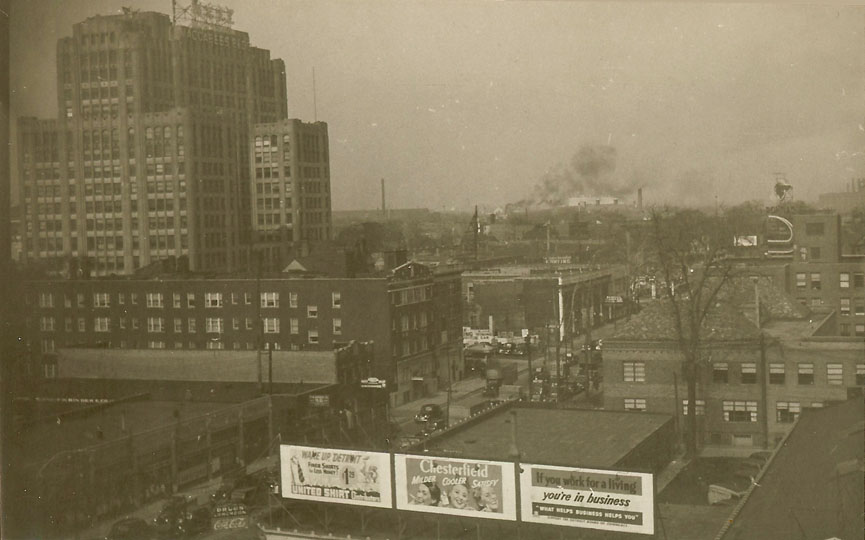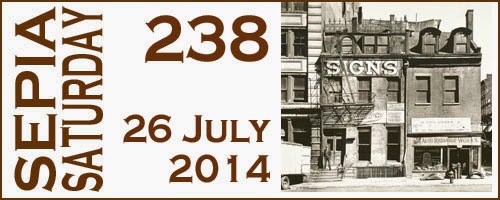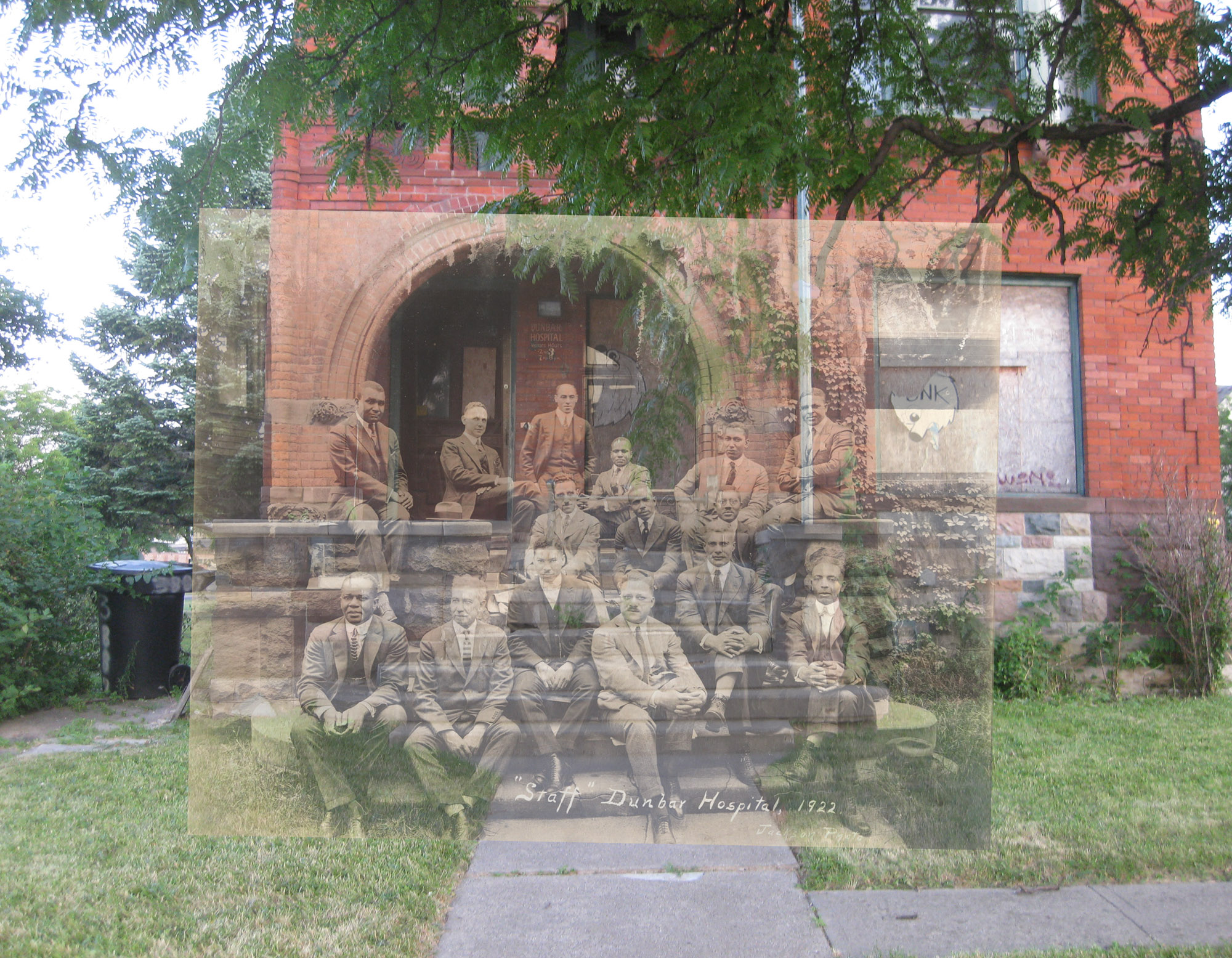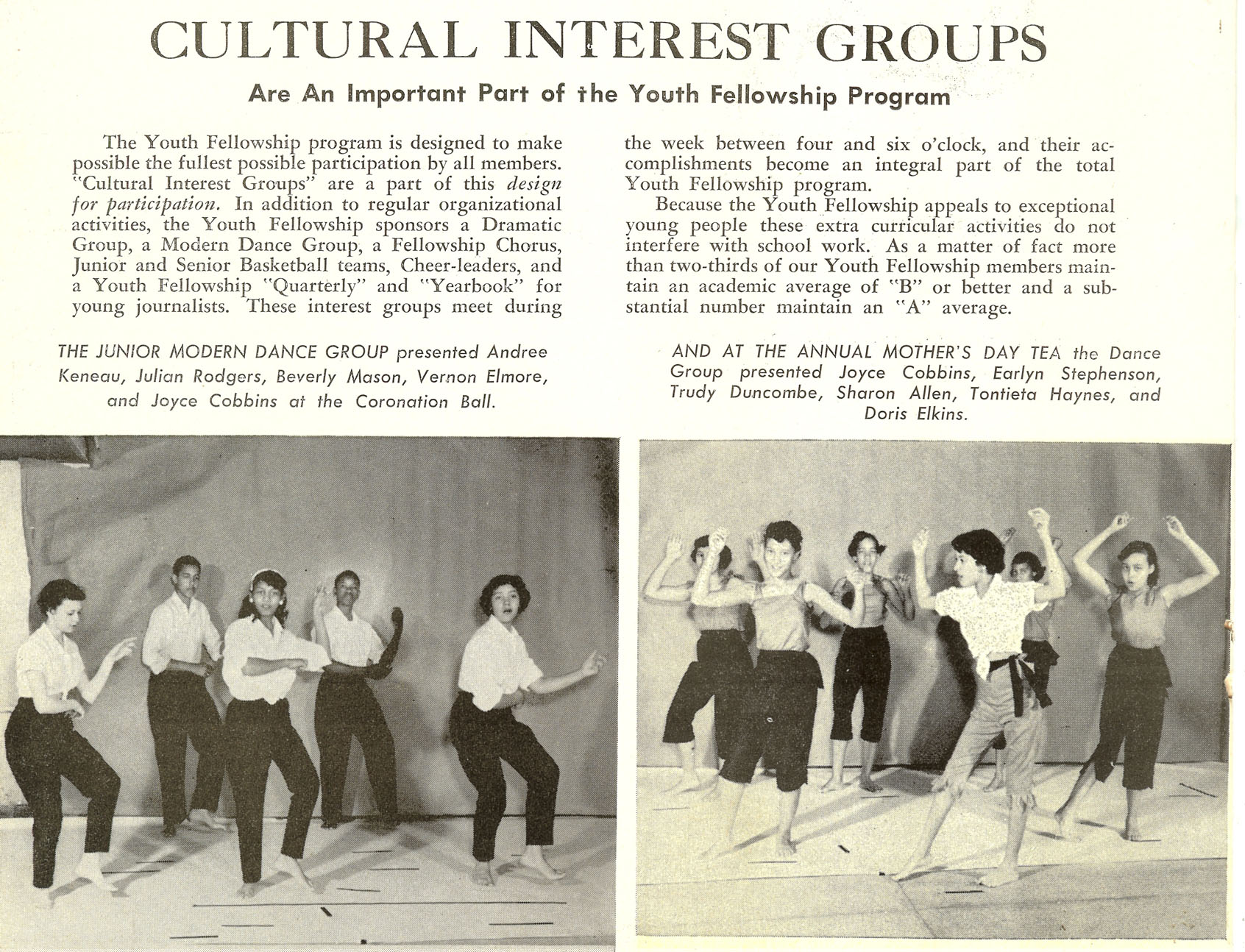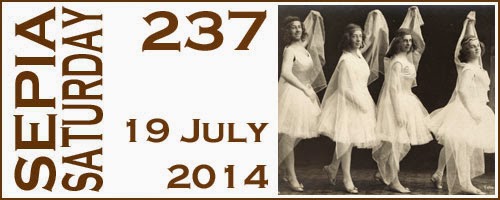Women Who Have Babies After 33 Live Longer “…women who had their last child after the age of 33 doubled their chances of living to age 95 or older compared with women whose last child was born before their 30th birthday…The natural ability to have a child at an older age likely indicates that a woman’s reproductive system is aging slowly, and therefore so is the rest of her body,’ said Perls.”
Thia made me take a look at my family tree to see the age of mother’s at the birth of their last child and how long they lived.
Maternal side
My 2 X great grandmother Eliza Williams Allen (1839 – 1917) gave birth to her youngest child when she was 40. Eliza died 78.
Eliza’s daughters:
Mary Allen McCall (1856-1937) gave birth to her youngest at 38. Mary died at 81.
My great grandmother Jennie Virginia Allen Turner (1866 – 1954) gave birth to her youngest at 42. Jennie died at 88.
Willie Lee Allen Tulane (1873-1954) gave birth to her youngest child at 27. She died at 80.
Abbie Allen Brown (1876-1966) gave birth to her youngest child at 21. She died at 89.
Beulah Allen Pope (1879 – 1962) gave birth to her youngest child at 31. She died at 77.
My grandmother Fannie Turner Graham (1888 – 1974) gave birth to her youngest child, at 40. Fannie died at 87.
Her daughters
Mary Virginia Graham Elkins (1920-2009) gave birth to her youngest child at 34. She died at 89.
My mother, Doris Graham Cleage (1923-1982) gave birth to her youngest child at 25. She died at 59.
Paternal side
My great grandmother Anna Allen Reed (1849 – 1910) gave birth to her youngest child at 37. She died at 62.
Her daughters
Sarah Reed Busby (1870 – 1954) gave birth to her youngest child at 44. She died at 83.
Louise Reed Shoemaker (1873 – 1938) gave birth to her youngest at 31. She died at 64.
Minnie Reed Mullins (1878-1963) gave birth to her youngest child at 43. She died at 84.
*My grandmother Pearl Reed Cleage (1886-1982) gave birth to her youngest child at 39. She died at 96.
Pearl’s daughters
*Barbara Cleage Martin (1920 – still living) gave birth to her youngest at 31. She is 94.
* Gladys Cleage Evans (1922- still living) gave birth to her youngest at 37. She is 92.
Anna Cleage Shreve (1925-2013) gave birth to her youngest child at 37. She died at 88.
My great grandmother Celia Rice Cleage Sherman (1855-abt 1931) gave birth to her youngest child at 28. She died at 76.
Her daughter Josephine Cleage (1873-1956) gave birth to her youngest child at 36. She died at 82.
_________
Of the 19 women in my study, 13 had children beyond the age of 33. Two of the 12 lived beyond 90. My grandmother is the only one who lived past 94. She lived to 96. One, Gladys is 92 and still living.
4 of the women gave birth to their youngest child in their 20s.
6 of the 17 did not have children after 33. 1 of the 5 lived beyond 90, she is 94 and still living.
I guess I should do a graph using this information. Maybe tomorrow.
